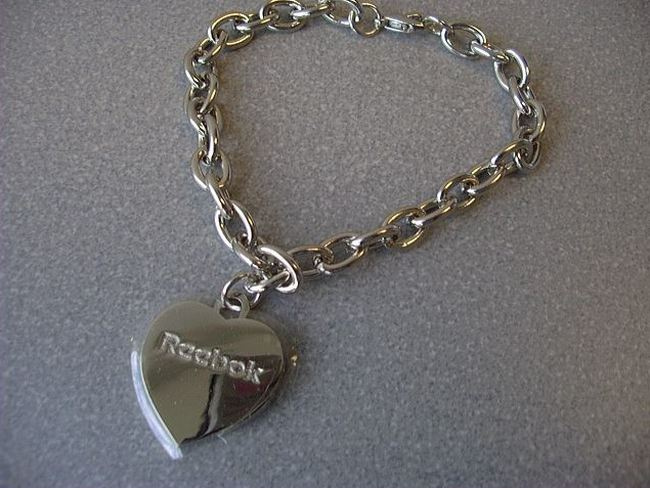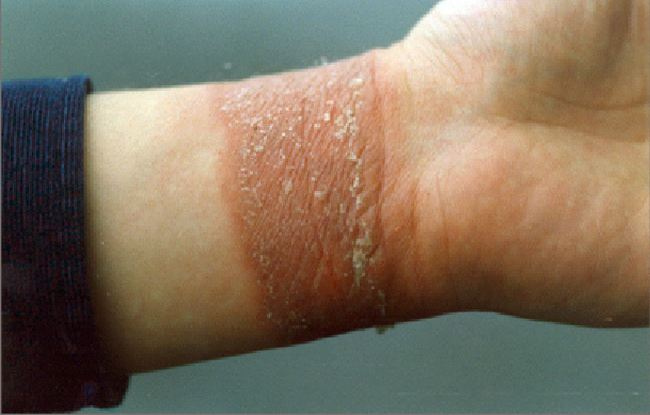

Updating watchmaking with REACH
The new European law on chemical products has arrived in Switzerland. Some brands have already applied for certificates and leading subcontractors have joined consortiums to limit expenses.
The European law REACH was passed in 2006. Its ultimate aim is to eradicate all harmful chemical substances in industrial products and it applies to all molecules produced in or imported to Europe. Will the watchmaking industry be successful in guaranteeing that its products are not allergenic, toxic or carcinogenic, as it did when it banned the use of radium in watches? Some producers do not seem to approve whilst consumer organizations are getting ready to be on the lookout.
The death of a 4-year-old who accidentally swallowed a small pendant that was offered as a gift with the purchase of a pair of shoes shocked the United States at the beginning of 2006. The tests that were carried out determined that the cause of death was lead poisoning; lead being an extremely toxic substance even in small doses. The 485,000 pendants were produced in China and distributed with the shoes all over the United States and Europe between 2004 and 2006.

It might have been a coincidence but the new European law REACH (Registration, Evaluation, Authorisation and Restriction of Chemicals) was passed in December of the same year. Some of the aspects of this new law fully concerned Swiss watchmaking and frustrated producers, as they saw it as a protectionist barrier and an easy source of income for the European Union.
Is prevention better than the cure?
The human being is able to produce and handle more than 46 million chemical substances. This is an impressive figure but it is also dynamic. Indeed, the Chemical Abstracts Service (CAS), a division of the American Chemical Society (ACS), lists them all and reports that 40,000 new ones are registered every week. Yet, surprisingly enough, almost nothing is known of the impact of these molecules on health and nature even though some of them are toxic, allergenic or carcinogenic. Producers often file away the information about the harmful effects of these molecules without sharing it with their customers. Thus, the European Union decided as a precaution to intervene and inquired about the percentage of these molecules found in large-scale products.
The only fields which do not abide by REACH are research, radioactive products, substances that are regulated by a more restrictive law (for example, fuel and pharmaceutics), intermediary elements that are found in finished products and waste.
Potential industrial hassles
REACH does not only aim to make up for the shortcomings of the various existing national and European guidelines but it is also innovative and therefore efficient. It concerns the following four legislative points: implementation of a follow-up of molecule production, severe limitation of the use of SVHCs (Substance of Very High Concern) such as carcinogenic molecules, raising awareness amongst importers about responsibility and providing information to the end clients.

As Europe is one of the main markets affected by the new law, the impact of the latter on the Swiss watch industry has been considerable and sometimes even surprising. Chemical substance producers henceforth have to comply with the requirements of the ECHA (European Chemicals Agency) whereby the toxicological and ecotoxicological effects of the molecules will be progressively tested.
Some 140,000 chemical substances have been declared by 65, 000 companies around the world to date.
Collateral damage
Yet, due to the demands of producers and of classification systems, this is a constantly evolving process. “It has a direct impact on stock management, which will henceforth have to be done on a short-term basis”, warned Raphaël Schwarz, a chemist from the “Ecole Polytechnique Fédéral de Lausanne” who works at the Dubois Laboratory in La Chaux-de-Fonds. In fact, a watch strap that was “legal” in 2011 may not be so in 2014 if it contains any molecules whose use is now restricted. In jewelry-making molecules like cadmium can no longer be used. The metal was used in many blends since it was anticorrosive. It was also used in gold-copper-cadmium coatings. Thus, there will no more be ten-year stocks and old cases will no longer be recycled.
Small suppliers also risk taking the rap. Given that brands are, from now on, directly or indirectly responsible for their products, they will need to check whether their own production and that of their subcontractors comply with REACH requirements. Some have already asked subcontractors for their conformity certificates. However, those who produce less than a ton of substance per year do not have to abide by REACH and therefore can no longer supply the leading brands.

This will make brands change suppliers or, at best, limit the choice of materials and colors.
Tests, additional costs and animal lives
Even though it was hailed by consumer associations, the REACH law puzzled producers and even some scientists. Some of these industrials deplore what they see as a protectionist maneuver of Europe’s, seeing as 59% of chemical substances used in the continent are imported from other regions in the world and that only 13% are produced in Switzerland. Thomas Hartung and Costanza Rovida, two toxicologists, denounced in Nature magazine’s August 2009 edition that 54 million laboratory animals will be sacrificed to test the toxicity of chemical substances by 2018.
Lucien Reclaru, a doctor in chemistry and REACH coordinator at PX Group in La Chaux-de-Fonds, drew attention to the astronomical expenses the new law would involve. “A series of tests for a substance can cost as much as $750, 000”, he explained. In order to handle this situation, producers have created and joined consortiums. For example, PX Group, a producer of silver, gold, platinum and palladium for watchmaking, has integrated the Precious Metals and Rhenium REACH Consortium, which has around 80 companies from all over the world as members.
In total, including registration fees for the ECHA that are calculated according to production, size and turnover, PX Group will have to spend several hundreds of thousandths of Swiss francs per substance.
Consumers: the sensitive spot
In any case, watchmaking and other concerned industries will have to comply with the new law. “REACH’s biggest strength lies in the fact that the different states concerned as well as consumers and private laboratories have the power to test”, concluded Raphaël Schwarz. Consumers’ defense associations will undoubtedly take advantage of the situation. Given the severe fines involved in case of breach of regulations, the industries concerned could even adopt an American-style system whereby some university laboratories get a lot of money from control checks and trials.

Those who do not fall within the scope of REACH will unfortunately have to face significant financial consequences. Apart from fines and prison sentences, France has already set forward penalties in case of non-conformity with the new law. These include a ban on importation, production and distribution; returning the products under investigation and the obligation to create a financial reserve for possible trials. This is enough to handicap a company.
